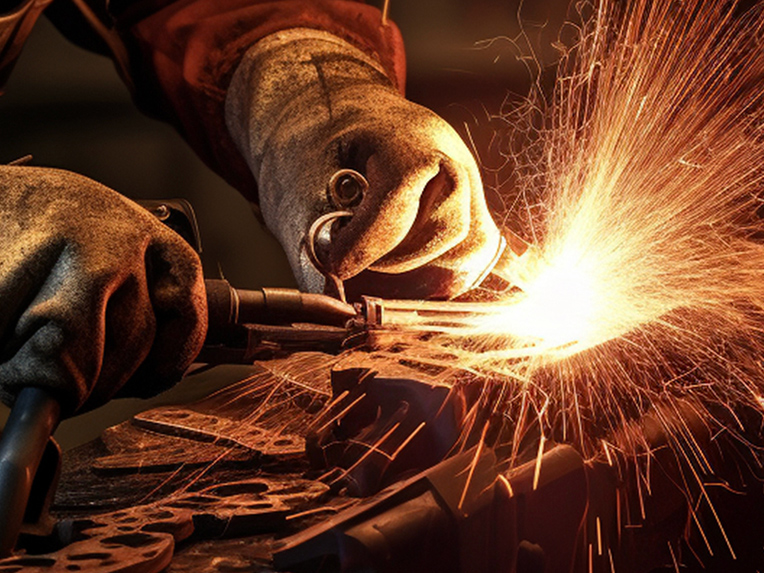Assembly & Welding Service


ChooseZ Assembly Service
medical CNC machining parts
ChooseZ offers value-added assembly, handling sub-assemblies or complete multi-part assemblies. Consolidating processes reduces lead times and error margins. Our expertise includes crafting precise fixtures for welding and assembly services, accommodating parts of any size or complexity effectively.
Basic knowledge About Assembly & Welding:
MIG Welding
MIG welding, or Metal Inert Gas welding, uses a continuous wire electrode and inert gas to create an electrical arc that melts the wire and fuses it with the base metal. This process, known for efficiency and versatility, produces high-quality welds on various metals, making it widely used in industries like manufacturing and construction.
TIG Welding
TIG welding, or Tungsten Inert Gas welding, is a precise welding method using a non-consumable tungsten electrode. Unlike MIG welding, it doesn't use consumable wire, and a separate filler material is manually fed if needed. With an inert gas shield, typically argon, TIG welding ensures clean and high-quality welds on various metals. It is widely employed in industries like aerospace for its precision and versatility.
Aluminum Welding
Aluminum welding refers to the process of joining aluminum pieces together through various welding techniques. Common methods include TIG (Tungsten Inert Gas) welding, MIG (Metal Inert Gas) welding, and stick welding. Due to aluminum's unique properties, such as high thermal conductivity and low melting point, special considerations are needed during welding. The use of appropriate welding techniques, filler materials, and shielding gases ensures a successful aluminum weld. This process is widely applied in industries like aerospace, automotive, and construction where aluminum is a prevalent material.
Robotic Welding
Robotic welding is a form of automation in welding processes where industrial robots perform welding tasks. These robots are equipped with welding arms and tools, and they can be programmed to carry out precise and repetitive welding operations. Robotic welding offers advantages such as increased speed, accuracy, and consistency in welds, as well as improved safety by reducing human exposure to hazardous welding environments. It is widely used in manufacturing industries, particularly in automotive production, shipbuilding, and other applications where high-volume and high-precision welding are required.




